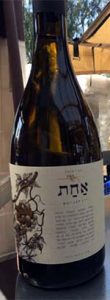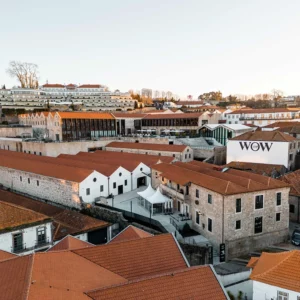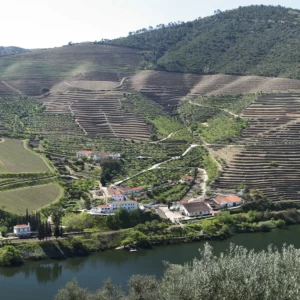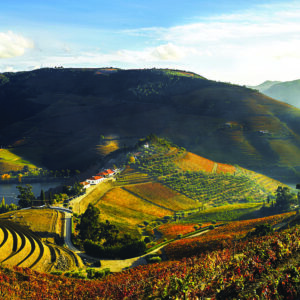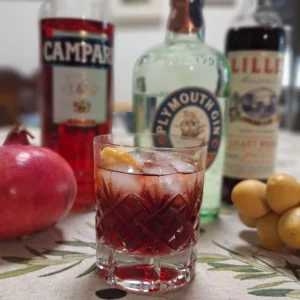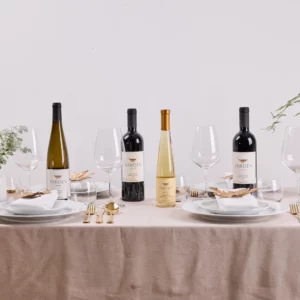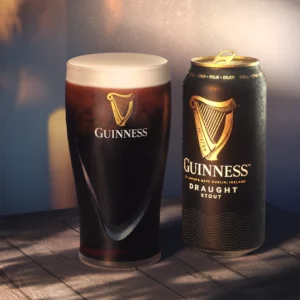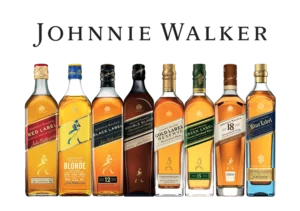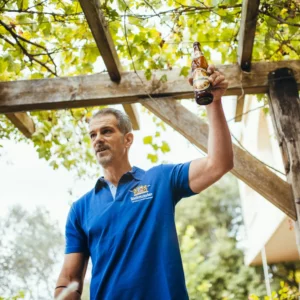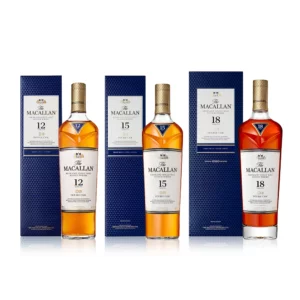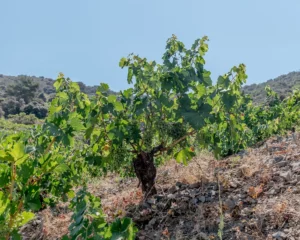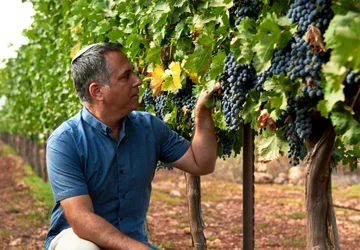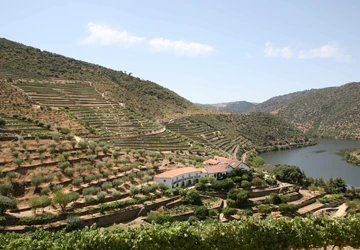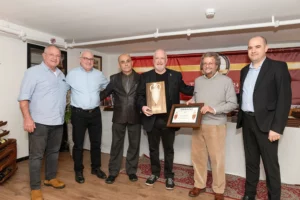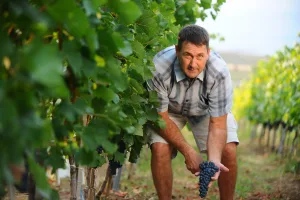Do you know that until the last quarter of the 20th century, woman winemakers were regarded with suspicion. In the Catholic ‘old world’, of France, Italy and Spain, the superstitious wine folk would not allow women to become part of the winemaking process, because it was thought a menstruating woman could make the wine go bad. This lack of respect for the female species lasted far longer in wine than is realized, even in enlightened countries.
The breakthrough in the United States really began forty five years ago, to an extent that the exclusion of women is no longer an issue. In Israel things have taken longer.
Kosher wine producers also disdained woman winemakers for a different reason. They believed in gender separation, so the idea of allowing a woman winemaker to upset the concentration of the orthodox workers was unacceptable and simply unheard of.
They echoed views deeply imbedded in the wine trade throughout the ages. In the great wine cultures of Egypt, Greece and Rome, it was the men that made the wine. In the wine tastings held by the Greeks and the Romans, men drank the wine. Women were only present if needed for alternative entertainment.
In any case, the wine trade for years was very sexist and chauvinistic. Wine tasting and talking about wine is a very man thing based on years of a tradition which in many instances excluded women. Even today most of the wine writers, sommeliers and wine folk are men.
Two new findings made people think again. Firstly, some serious studies proved that women are in fact better tasters than men. They have better natural palates. Secondly came the realization that women purchase most of the wine in supermarkets, which is most of the wine full stop!
There were early cracks in the glass ceiling though. In 1986 Tali Sandowski became the first female winemaker in Israel when she joined the Golan Heights Winery. After gaining her first degree, she relocated to UC Davis, got her winemaking degree and then returned to Israel. She remains at the Golan Winery until today as their longest serving winemaker. In the 1990’s Carmi Lebenstein became the first woman in an executive position when she became Marketing Director of Carmel.
Since the beginning of the 2000’s, four of the largest ten wineries (Carmel, Binyamina, Galil Mountain & Golan Heights) have had woman CEOs, and there have been many woman winemakers like Irit Boxer Shank of Barkan Winery, Orna Chillag of Chillag Winery and Meital Damri of Carmel Winery (ex Midbar). Others like Roni Saslove, Naama Sorkin and Yael Sandler worked at Saslove, Dalton, Saslove and Binyamina wineries respectively before moving on. So the prejudice is just not there anymore. That is not to say that woman winemakers abound! However there are more women in the wine trade than ever before, and not just winemakers, but in a variety of roles. For instance Michal Akerman, the viticulturist of Tabor Winery and Sharona Belogolovsky, the owner & manager of Vitkin Winery. Then there is Ruti Ben Israel, the sommelier who opened Carmel’s Center for Wine Culture, organized the first wine festival for the Mount Carmel region and now is involved with the Shefaya School winery. There are others.
The latest addition to the women wine folk is Nitzan Swersky. She followed a much trod route into wine. She did not have a wine background, but started with a barman’s course, which pricked her curiosity. Then she did a wine course at Haim Gan’s Ish Anavim. At roughly the same time she was sent by Segal Wines on an incentive and learning trip to Sicily and Tuscany. She was hooked!
I first met her when I was on a stand at the Vin Italy Exhibition twelve years ago, showing Carmel wines and Handcrafted Wines of Israel, a consortium of some of Israel’s finest boutique wineries, to the world. She was studying oenology at the University of Milan (after studying Italian) and volunteered to help on the stand. Most young volunteers use an invitation to a wine show to visit as many stands as possible and taste as much as possible, but to avoid anything like hard work. What I remember of Nitzan, was she worked harder than all of us put together, hardly ever leaving the service counter let alone the stand. She was pretty, petite, vivacious and the visitors tasting Israeli wine for the first time loved her perky character.
She completed her studies returned to Israel. Then she travelled to Spain to do a second degree (after studying Spanish….of course!) and then to South Africa to gain experience. There she worked at Mulderbosch Winery, a very fine, well known winery, where she learnt a great deal from Mike Dubrovich, who was a mentor figure for her.
Next time I saw her she was part of the winemaking team at Barkan Winery, who she joined in 2011. Here she worked at what was then Israel’s second largest winery as an associate winemaker. It was an invaluable experience, but was also far removed from the hands on, handcrafted winemaking that she preferred. She decided big winery winemaking was not for her, but still got two harvests there under her belt.
What she did in the meantime was marry and she had a family in super quick time. Now she has four children aged 8, 6, 3 and one year old, so fulfilling the life’s dream of a happy marriage and a house full of children. However she had still not satisfied the wine dream and assuaged the passion to make wine.
In 2014 this busy mum found time to put the nappies and lunch boxes to one side for a few moments to fulfill her dream and make not only a wine, but her own wine.
She called it Ahat (feminine for Ehad, one.) She decided to make a white wine only. Why Because white is ‘in’ and coming back after twenty years of reds dominating the tastings of the wine intelligentsia. I agree with her. White wines are so much more suitable for our hot, humid climate. There is so much more variety in white wines than red, and they go better with food. In this decision she echoed similar decisions by excellent Sphera Winery and the small Zimbalista Winery. I have little sympathy or understanding for the wine snob who says: “I only drink red”, as though to emphasize he is more of a maven because he only drinks the ‘real stuff.’
Nitzan knew she did not want to make wine from more mainstream varieties like Chardonnay and Sauvignon Blanc. So she made a wine which was a blend of Roussanne and Viognier, two reasonably new immigrants to Israel, which are both suitable for the Mediterranean climate. The grapes come from Givat Yeshayahu in the Judean Hills.
Only 2,000 bottles were made of the Ahat White 2014. There is something strikingly individual about the beautiful label in a botanical drawing style. The wine has a nose of grapefruit, and green apple with tropical notes. It coats the mouth. The oak treatment is noticeable but it supports rather than masks the fruit and the wine finishes with a soft but refreshing acidity. The fruit stays with you right through from the first sniff, until the long, balanced finish. It retails at 120 shekels. This is worth buying if you can find it, but it is also a marker that Ahat Winery is one to follow and look out for in the future.
It was interesting to hear that the grape variety she would most like to work with is Chenin Blanc. This is a variety making a comeback here, and some practitioners, like Sea Horse and Shvo Vineyard are making great, but very different Chenin Blancs. It is a wonderfully versatile variety with a great deal of potential here.
She is generous in her praise of winemakers who have helped her. She mentions Yiftach Peretz (Binyamina) and Ido Lewinsohn (Recanati), who were on the same Milan degree course, and then goes on to give credit to Avi Feldstein (Feldstein Winery), Eran Pick MW (Tzora) and Doron Rav Hon (Sphera), in her words “each for something different.”
I can’t help thinking that Nitzan Swersky is wonderful role model. She has learnt her trade, had a family and now makes the most individual and personal expression of a wine that is possible to make. The busy mother, rushed off her feet in the normal day, has found time for wine. She is a an example to young mothers and aspiring winemakers everywhere, and I salute her!
